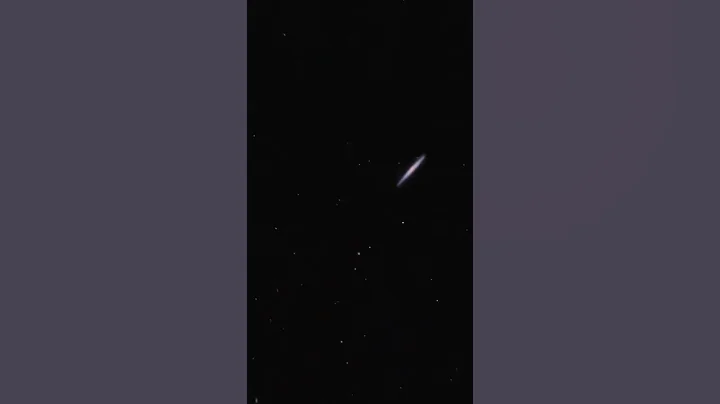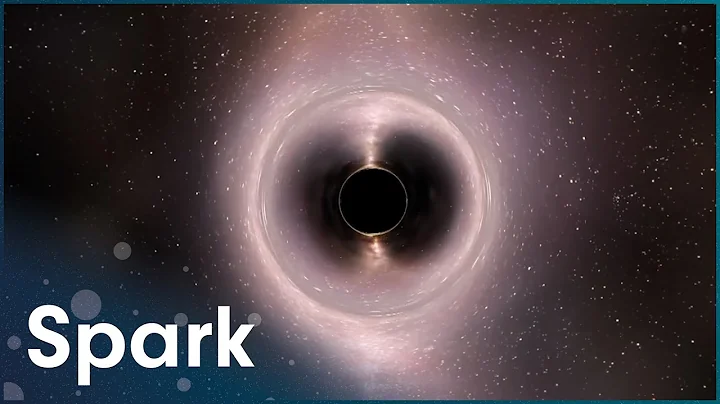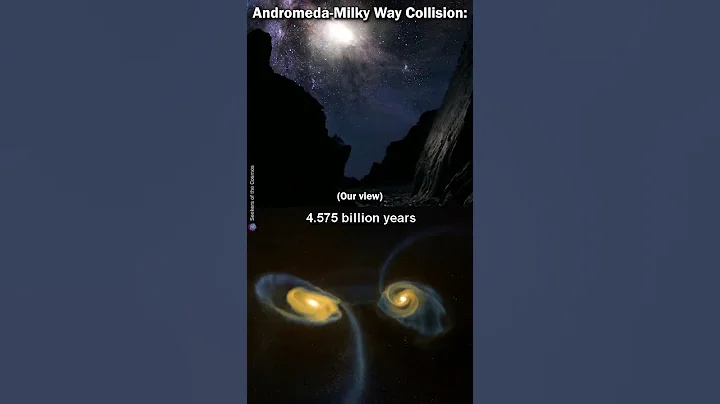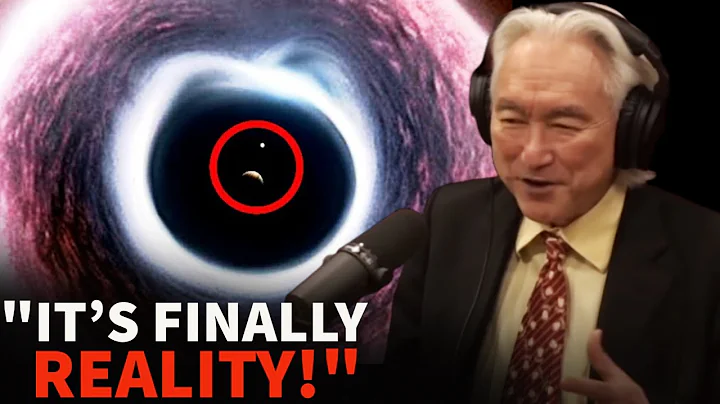Millions of invisible black holes float freely around our Milky Way . Now astronomers think they can discover them.

Hubble data from the Milky Way and other galaxies is helping astronomers understand an otherwise invisible mystery. NASA/ESA and G. Bacon (STScI)
When a star 20 times more massive than our sun dies, it explodes in a supernova and squeezes back into a dense black hole (with the help of gravity). But such explosions are never perfectly symmetrical, so sometimes the resulting black hole flies off into space. These wandering objects are often called "rogue black holes" because they float freely, unfettered by other celestial bodies.
But Jessica Lu, associate professor of astronomy at the University of California, Berkeley, thinks the name may be a "misnomer." She prefers the term "free-floating" to describe these black holes. “Rogue,” she said, suggesting that nomads were rare or unusual—or good-for-nothing. This is certainly not the case with
. Astronomers estimate that there are as many as 100 million such black holes wandering around our galaxy. But because they are solitary, they are difficult to find. Until recently, these so-called rogue black holes were known only through theory and calculations.
"They are ghosts, so to speak," said Lu, who is on a mission to find the Milky Way's free-floating black holes.
Earlier this year, two space research teams separately revealed the detection of one of these roaming black holes. One team is led by Casey Lam, a graduate student in Lu's lab. The other is led by astronomer Kailash C. Sahu of the Space Telescope Science Institute. Both teams published their papers in free, open-access journals without expert review.
Scientists will get more data from the Hubble Space Telescope in October, which Lu said should help "solve the mystery of whether this is a black hole or a neutron star." "There's still a lot of uncertainty about how stars die and the ghostly remnants they leave behind," she noted. When stars much more massive than our Sun run out of nuclear fuel, they are thought to collapse into black holes or neutron stars. "But we don't know exactly which ones die and become neutron stars or which ones die and become black holes," Lu added. "We don't know when black holes are born, when stars die, whether there is a violent supernova explosion ? Or just collapse into a black hole and burp?"
The stuff of stars makes up everything we know in the world, Understanding the afterlife of stars is key to understanding how we ourselves were formed.
How to discover a loose black hole
Black holes are essentially invisible. They capture all light they encounter and are therefore imperceptible to the human eye. So astronomers have to get creative to detect these dense, dark objects.
Typically, they look for anomalies in gas, dust, stars and other matter that might be caused by the black hole's intense gravity. If a black hole was tearing material away from another object, the disk of debris surrounding the black hole would be clearly visible. (That's what astronomers took in 2019 and the first direct image of the black hole at the center of the Milky Way earlier this year.)
But if a black hole isn't causing chaos with its gravity, there's almost nothing to detect. This is often the case with these moving black holes. So astronomers like Lu used another technique called astrometric or gravitational microlensing.
"What we do is wait for an opportunity for one of these free-floating black holes to align with a background star," Lu explained. "When the two align, the light from the background star is distorted by the gravity of the black hole [in front of it]. It shows up as a brightening of the star [in astronomical data]. This also makes it brighter in the sky, so to speak. Swinging briefly, a little wobbly."
Background The star doesn't actually move - instead, it appears to veer off its orbit when a black hole or another dense object passes in front of it. This is because, according to Einstein's General Theory of Relativity , black holes
The chance that a roaming black hole could travel through our heavens and disrupt life on Earth is 'remotely likely'
Astronomers use microlensing to study various temporary phenomena in the universe. , from supernovae to exoplanets orbiting stars But it's tricky to do with ground-based telescopes because Earth's atmosphere blurs the image
"In astrometry you want to measure something very precisely. location, and you need very clear images," Lu explained. Therefore, astronomers rely on telescopes in space, such as the Hubble Telescope, as well as some ground-based instruments with complex systems to adapt to atmospheric interference. "There are only three facilities that can perform this kind of astrometry," Lu said. "We are at the forefront of what we can do with the technology we have today." "
The first rogue black hole?
In 2011, she and Sahu's team discovered this brightness, or what Lu calls a "gravitational lensing event," in Hubble Space Telescope data. They speculated that something must be coming from That star passes in front of it.
Figuring out what causes the wobbles and changes in intensity of a star's light requires two measurements: brightness and position astronomers look at the same point in the sky over time to understand when the object is moving. How the light changes as it passes in front of the star. This gives them the data they need to calculate the mass of the object, and therefore determine whether it is a black hole or a neutron star.
"We know that the thing making the lens is heavy. We know it's heavier than a typical star. And we know it's dark," Lew noted. "But we're still a little unsure of how heavy it is and how dark it is. "If it were only a little bit heavier, say, one and a half times the mass of our sun, it might actually be a neutron star. But if it was 3 to 10 times the mass of our sun, then it would be a black hole, Lu explains.
When the two teams collected data from 2011 to 2017, their analysis revealed significantly different masses for the compact object. Sahu's team determined that the mass of the wandering object was that of our sun. Seven times, which would put it squarely in black hole territory, but Lam and Lu's team calculated that it had a smaller mass, between 1.6 and 4.4 solar masses, which covered both possibilities.
Astronomers couldn't. Determining which calculation was correct wasn't until they had a chance to know how bright the background star usually is and where it is in the sky when it's not passing in front of it, Lu explained, before they noticed its unusual brightness and wobble. Instead of focusing on that star, they now have the opportunity to make these baseline observations when the lensing effect fades. Those observations will come from new Hubble data in the fall.
What they know is that the object is located. The discovery also suggests that the nearest roaming black hole may be less than 100 light-years away in the Milky Way's Carina-Sagittarius spiral arm. But that's no reason to worry. A kind of loss. If you get close enough, they'll devour you," Lew points out. "But you have to get really close, much closer than I think we usually think. The boundary around a black hole marks the line where light can still escape its gravity, called the event horizon, which is typically less than 20 miles in radius.
A wandering black hole could cross our heavens and disrupt the possibility of life on Earth, Lu said Sex 'very small' "That's the size of a city. So a black hole could pass through the solar system and we would barely notice.
But she wouldn't rule it out. "I'm a scientist," she said. "I can't say there's no chance."
Lu said that regardless of whether the first teams detected roaming black holes or neutron stars, "the real revolution demonstrated by these two papers is that we can now combine brightness and position measurements to find these black holes." ” This opens the door to discovering more light-catching nomads, especially as new telescopes come online, including the Vera C. Rubin Observatory currently under construction in Chile and scheduled to launch later this decade Nancy Grace Roman Space Telescope
.







![Unbelievable Cosmic Phenomena Beyond Our Galaxy | Secrets Of The Universe [All Episodes] | Spark - DayDayNews](https://i.ytimg.com/vi/sHEwTKEDVM0/hq720.jpg?sqp=-oaymwEcCNAFEJQDSFXyq4qpAw4IARUAAIhCGAFwAcABBg==&rs=AOn4CLAOHCCVwEK0S3PEAiMgW9rL4mC6YQ)












